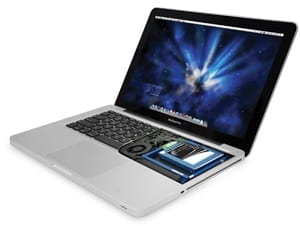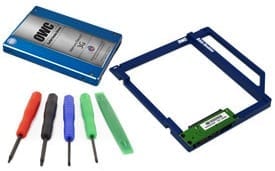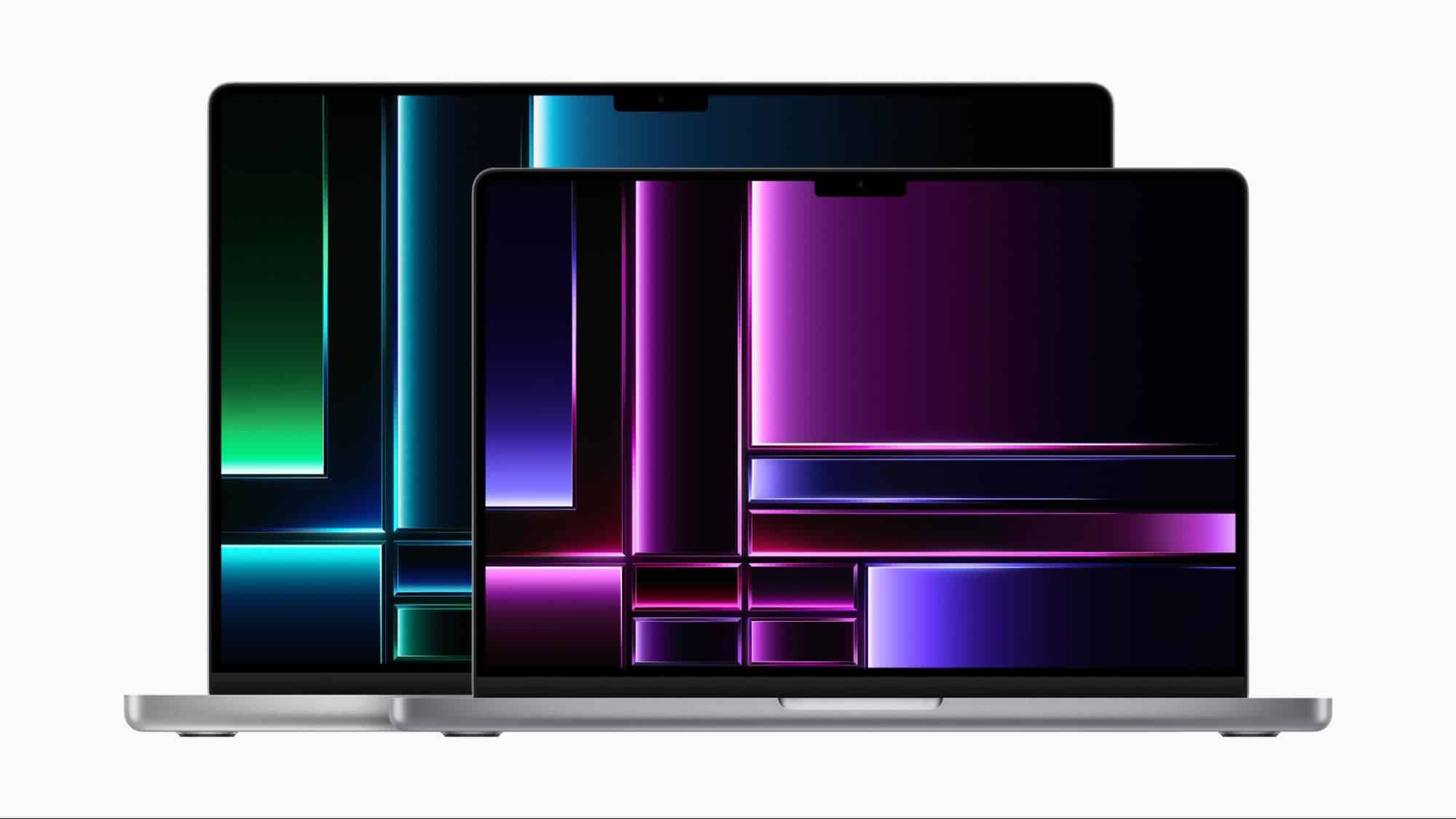
Steve Jobs’s legacy grows stronger each year, and January 2023 sees the rollout of the new MacBook Pro with the M2 Pro and M2 Max. These new chips revolutionize the Mac, and the improvements can streamline your workflow so that you are able to create in a way that is faster and more energy-efficient.
Battery and longevity
The new MacBook Pro has a battery life of up to 22 hours, which sets a record for Macs. Since it is the longest and most durable battery for a Mac, this means that you have more freedom to work on locations. For some power users that might mean they can work with less stress whilst editing or transferring data on a film set location that may not have easy access to a power source. For others, this could enable them to work longer whilst traveling.
One frustrating thing about older MacBooks, including the M1 Max and the M1 Pro, is that battery drain under load could easily mean a dead battery before you’re done working. One key reason for this is the amount of processing power being used on applications, not to mention multitasking with several windows open at once. Unfortunately, there are no easy workarounds for people working on Final Cut Pro X, or audio-editing programs, since the apps need a lot of processing power to work. This inevitably drains the battery more quickly, and it can be incredibly frustrating if you are working on a plane or another long commute, only to find that your battery icon goes red, and you then have to stop work when the screen suddenly goes black.
Fortunately, the new and improved power of the M2 Max and the M2 Pro means that owners of the new MacBook have a lot more options when it comes to working longer on more process-heavy applications.
Demanding tasks
Technology can sometimes develop out of sync, like when you shoot a film on 4K but it ends up getting shown on a projector that is only geared to a 1080p resolution. Sometimes that 4K footage will end up on YouTube being seen at a 720p resolution, or even less if the user has a lower bandwidth. A big question is that even though you are using high-end software like special effects rendering, can your machine handle it?

The new MacBook Pros are more suited to tasks that demand heavy lifting, which is good if you use your machine for process-heavy tasks like creating special effects or 3D work. Whilst they are faster than the M1 Pros, the real difference is that they are now 6x the speed of the fastest Intel-based MacBook Pros. Color grading can be up to 2x faster, although these numbers quickly multiply when you have more than one editor working on any single project. But if you’re still using an Intel-based MacBook Pro, and are wondering if it’s worth it to upgrade the answer is a resounding yes. It will feel like you are using a computer from the future.
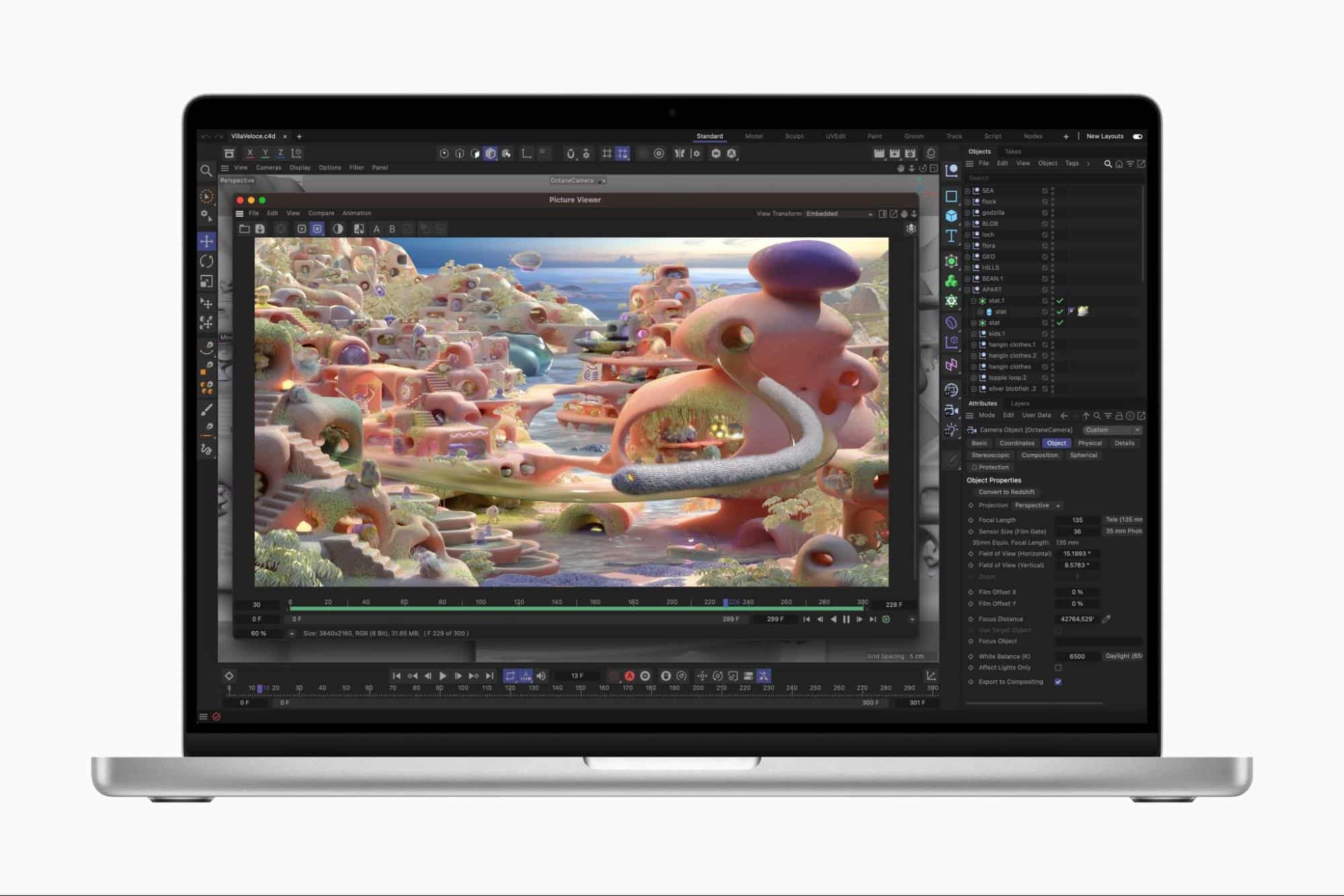
OWC Jellyfish is one of the best NAS (network-attached storage) solutions that enable teams to work together in a way that is fast and efficient. There are several Jellyfish models, including the Jellyfish Tower for your office, or the Jellyfish Mobile. All the models have a powerful capability, and the Jellyfish Mobile can even allow six editors to simultaneously work on one server, whether they are based in the office or on the road. There is a powerful combination when you use Jellyfish servers in addition to M2 MacBooks, reaching speeds that can significantly increase workflows and speed up delivery times in post-production.
Wifi 6E
The M2 chips also allow for increased speed and productivity when it comes to internet bandwidth. Quite simply, this can have a massive impact on your online workflow. Whilst most people will be familiar with 2.4Ghz and 5Ghz, the new Macbook means that broadband has just got broader.
It can be helpful to have some context on internet speeds. When Wifi 6E was introduced, it was limited to the 2.4GHz and 5GHz bands. We have all experienced a slowdown in bandwidth, especially when working at home during peak hours. For some home workers, this can come during the after-school hours when there is a sudden surge in internet usage from 4 pm onwards. This can play havoc with Zoom calls that can start dropping out or working on web-based applications.
Many MacBook users don’t have full access to Wi-Fi 6E because the processors don’t provide the capability. This has changed with the M2 chips, and users now have connectivity to Wi-Fi 6E. Another win for the new MacBooks.
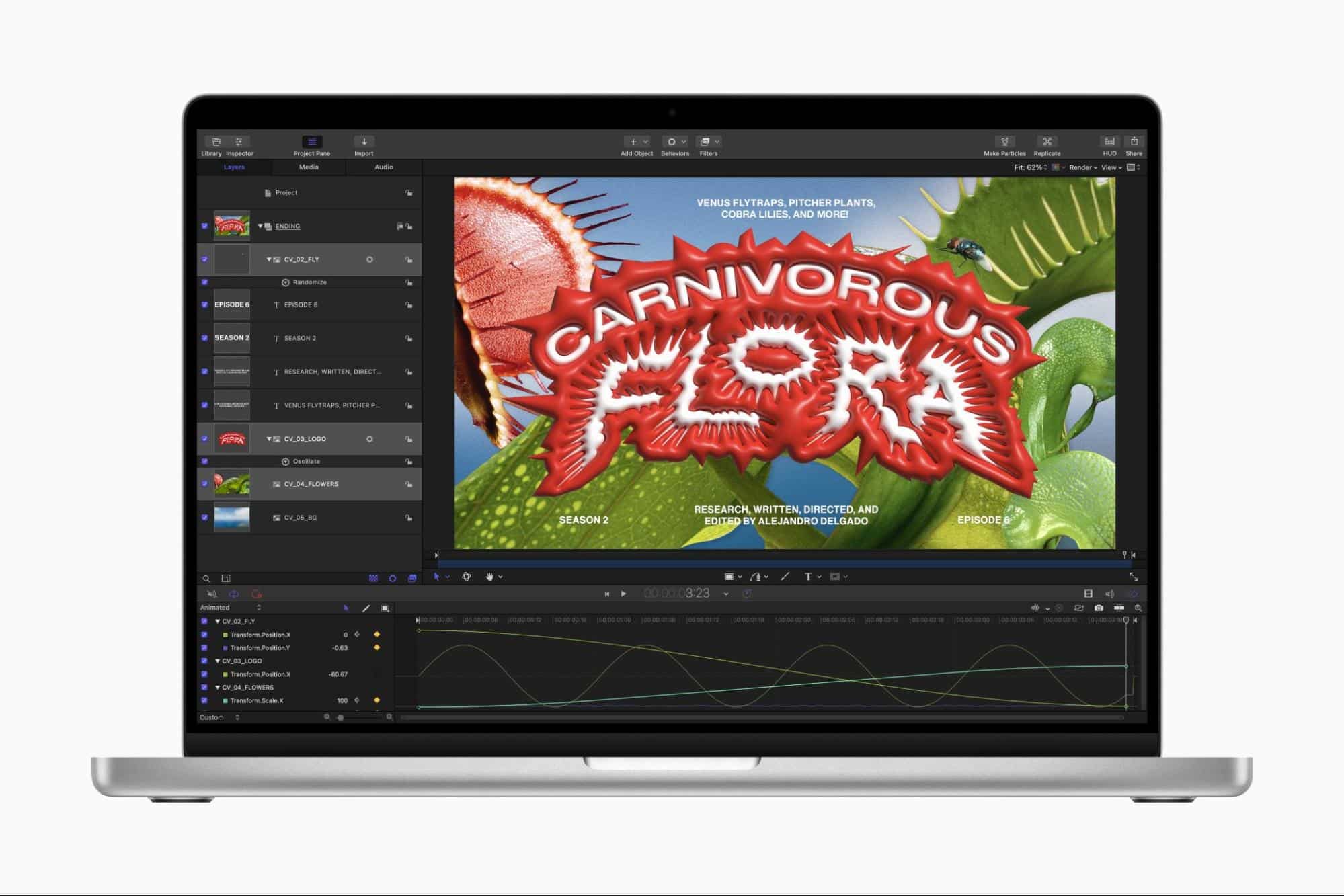
Memory
Apple’s unified memory is technology that accesses the entirety of the computer’s memory resources, both short-term and long-term. The CPU and GPU share memory rather than separating between RAM allocations and different types. Whilst it has been recommended that 8GB will be sufficient for an average user on an M1-based MacBook Pro, the M2 Max model can be configured with up to 96GB of unified memory with a memory bandwidth of 400GB/s.
A downside of PCs is that creators might be working on scenes that cannot be run on PC laptops due to the amount of processing that is needed. The M2 chips are a game-changer for the new machines and promise to be a market leader.
The increased capacity of unified memory is going to be especially good for power users, such as those working on VR, animation, and special effects. When combining this new memory with the other elements we’ve discussed—including speed, processing power, battery, and longevity, not to mention the team working on OWC products like the Jellyfish servers—you have a winning combination.
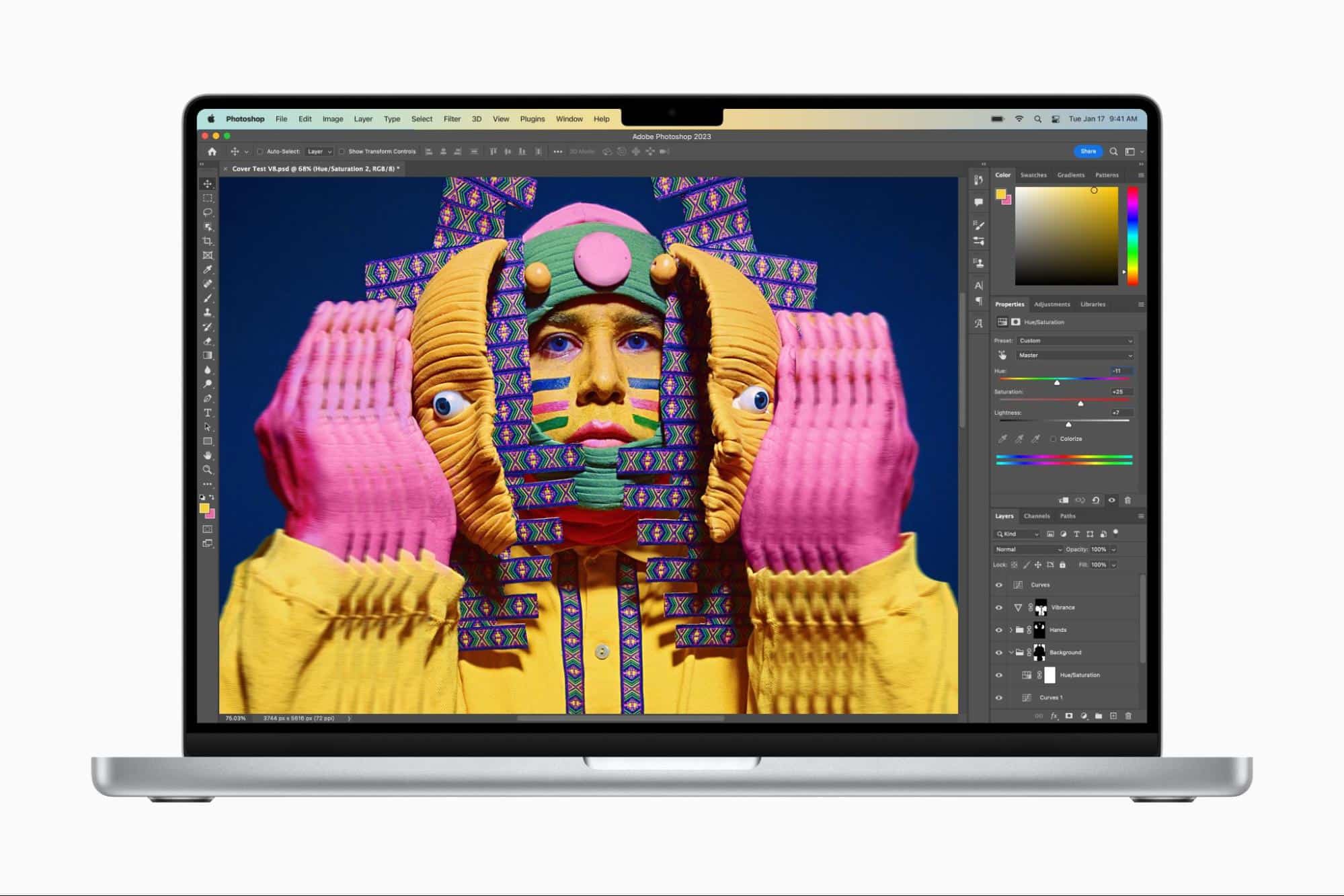
Speedy external storage with OWC
External storage is an important element when it comes to backing up your projects, and OWC’s range of hard drives is a great complement to the M2 Max and M2 Pro silicon chips.
OWC’s Thunderblade
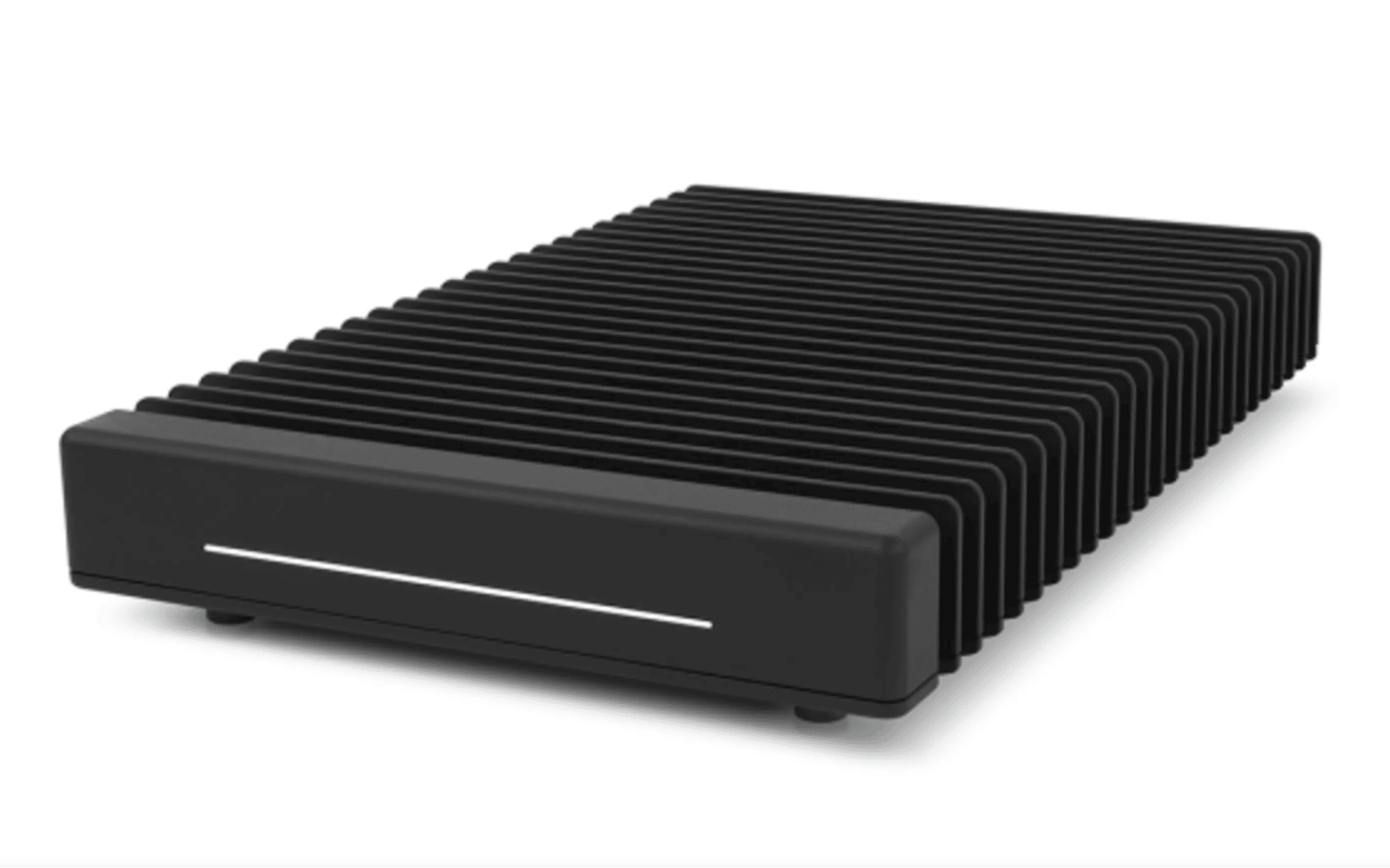
The OWC Thunderblade provides extremely fast RAID storage that outperforms other 2-blade and 4-blade enclosures.
High performance is important, if not an essential part of your workflow, and the Thunderblade has astonishing data transfer speeds of up to 2800MB/s. The storage has a capacity of up to 32TB, and there is a second Thunderbolt 3 port which allows you to daisy chain up to five additional Thunderbolt devices. The unit comes enclosed in a ballistic hard-shell case, is easily transportable, and comes with a three-year OWC warranty.
OWC’s Envoy FX
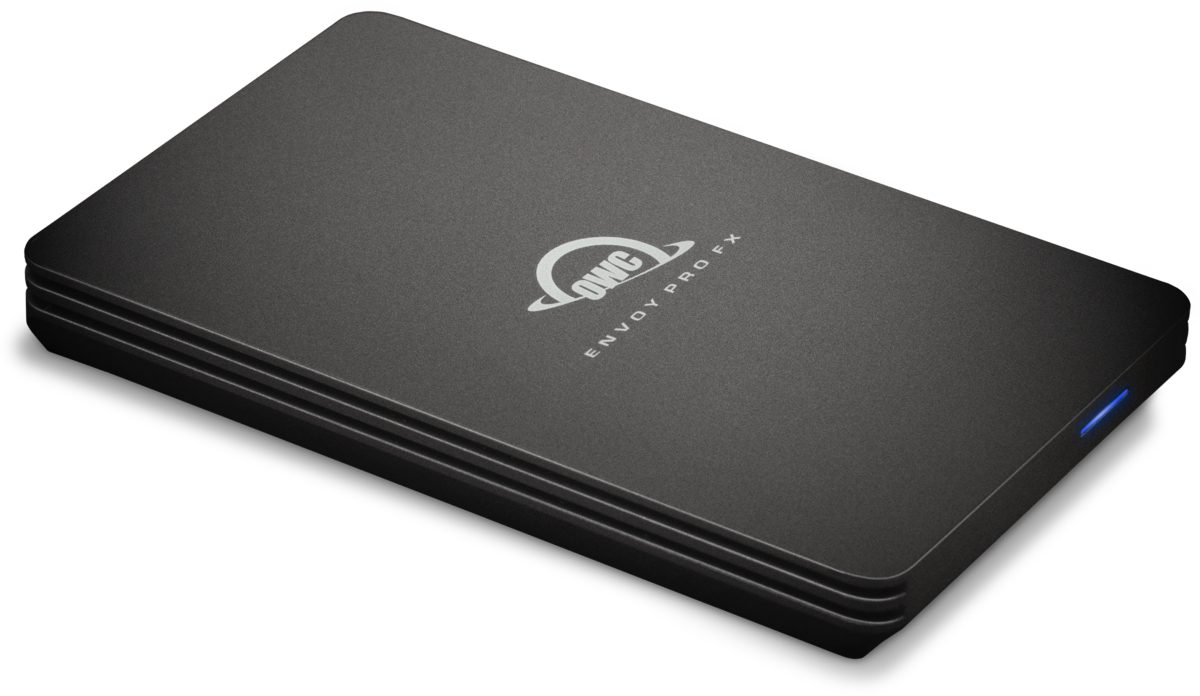
The Envoy FX is a universally compatible portable SSD that comes in a waterproof case. The enclosure is crushproof, which means that your data is virtually indestructible. Its 240GB-to-4TB storage options will prove to be a great addition to your new MacBook Pro.
Another bonus with the Envoy is that it has plug-and-play with past, present, and future Macs, and whilst we don’t know what Apple has in store further down the line – presumably an M3 chip (?) – the Envoy FX provides future-proof compatibility.
OWC’s Flex 8

The ThunderBay Flex 8 is the computer industry’s first Thunderbolt 3 storage, docking, and PCIe expansion media workflow solution. Its capability is ideal for both digital imaging and VFX, and of course for video editing. Its storage capacity runs from 18TB to 172TB, and there are eight drive bays.
Getting the most out of the M2 chips
High-performance workflows are now the norm for new MacBook Pro owners, and you can do things that were previously unheard of. It’s great for musicians who can run programs using a variety of plugins, without seeing any drop in performance – this is ideal for real-time studio recording, as well as the post-production editing process. Photographers can work with huge files and multitask between apps without seeing any slowdown. Film creators can push the limits with Multicam shots, using broadcast-quality ProRes.

Gamers are going to enjoy the faster-than-ever quality that is also higher-than-ever. What’s more, game creators will also benefit from the new M2 chips.
From desktop to laptop
Perhaps the greatest selling point is that professionals can now work on projects that were previously only possible on desktops. Combined with the incredible XDR display, it is perfect for the post-COVID world, where people have moved beyond the conventional office and are now working wherever they want, whenever they want. It’s fair to say that the XDR display is the best ever display on a laptop.
And there’s more…
The new M2 chips are a great compliment to the other capabilities of the MacBook Pros, including the 1080p Facetime HD camera, studio-quality microphones, six-speaker sound system, and Liquid Retina XDR display. Owners will have a lot more capacity with what is effectively a portable recording studio, complete with high-powered tools at their disposal.
There is nothing else like it
M2 MacBook Pros run 20% faster than their predecessors, and 80% faster than the intel-based Macs. M2 Max has 67 billion transistors, which is 10 billion more transistors than the M1 Max. Whether you are working in Final Cut Pro, Da Vinci Resolve, Log Pro, or any other Mac-compatible production app, M2 is the first choice.
Greg Joswiak is Apple’s senior vice president of Worldwide Marketing, and recently said that the “MacBook Pro with Apple silicon has been a game changer, empowering pros to push the limits of their workflows while on the go and do things they never thought possible on a laptop.” He continued to explain that “Today, the MacBook Pro gets even better. With faster performance, enhanced connectivity, and the longest battery life ever in a Mac, along with the best display in a laptop, there’s simply nothing else like it.”
